If your school or district is receiving CARES Act funding, you can use it to meet your students’ literacy needs. Because your students still need books, we are working with educators across the country to create custom solutions that capitalize on their CARES funding and ensure book access and choice for students.
In March 2020, COVID-19 brought school as we know it to a halt. With no students in the classroom, many classroom libraries were abandoned. We all know that to create engaged readers, we must first get books in the hands of students. But what happens when learning is remote or classrooms are set up for social distancing and the options for selecting and distributing these books must change?
As you gear up for a school year unlike any other, we’re seeking solutions to one of educators’ only controllable problems.
Why is book access so important?
Literacy is the foundation for all learning. It develops confident, critical thinkers, poised to make the most of educational opportunities. The most frequent readers are those who have access to the largest number of books at home and in the classroom.
For some kids, the journey to reading starts by selecting from the nearest stack of books, but others aren’t as lucky. Students in lower income households often go without the materials they need and rely on your help.
Presenting an array of interesting titles in your classroom—diverse in characters, themes, subjects, etc.—allows for choice and increases the probability of students finding the right book to lead them down the path to a love of reading, and thus, a brighter academic future.

5 Things Booksource Classroom Tells Us About Student Book Choices

Providing books for students during COVID-19
With so many unknowns, educators are being forced to rethink how they provide book access. For districts returning in-person or with a hybrid approach, classroom libraries are essential but could be a potential breeding ground for dreaded kid germs. For districts beginning the year fully remote, the logistics of even getting books to students may be the biggest barrier to access.
Because of these challenges, eBooks are emerging as a potential band-aid to the problem, but they aren’t a perfect solution. Students already spend so much time outside of school with their eyes glued to screens, and are more likely to lose focus when reading digitally as opposed to holding a physical book—not to mention that technology can be costly and unattainable for some families.
Getting physical books into the hands of readers this school year will require some creativity and ingenuity, but it can and must be done. How?
Perhaps the simplest answer is the most effective: distribute, quarantine, disinfect, repeat.
Distribution
Breaking up your existing classroom library may cause distress to the hyper-organized part of your brain, but the good news is, if you’ve got a Booksource Classroom account, tracking the locations of your books is easy. You can also encourage students with computers to browse your titles from the safety of their desks or homes using the tool’s student portal. They can then select the books that interest them and click “check out” to alert you to which books should be distributed.
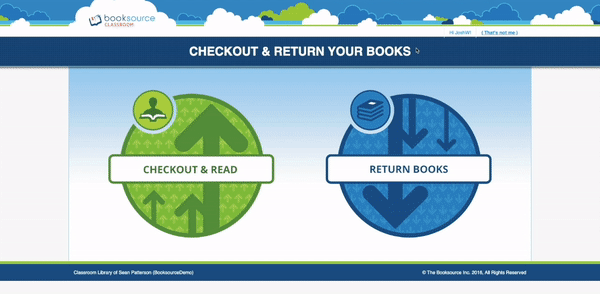
6 Essential Tips for Organizing Your Classroom Library

Another option is to invest in take home reading materials like Booksource’s Take Home Reading & Literacy Packs. Each Pack contains:
1 workbook (English & Spanish) with a reading log, discussion questions and more
4-5 popular, high interest, leveled books
Sturdy plastic zip bag that is easily disinfected
Instructions for parents and families
Products like this help bridge the gap between home and school for students. They also make your life easier, since they offer an all-in-one solution.
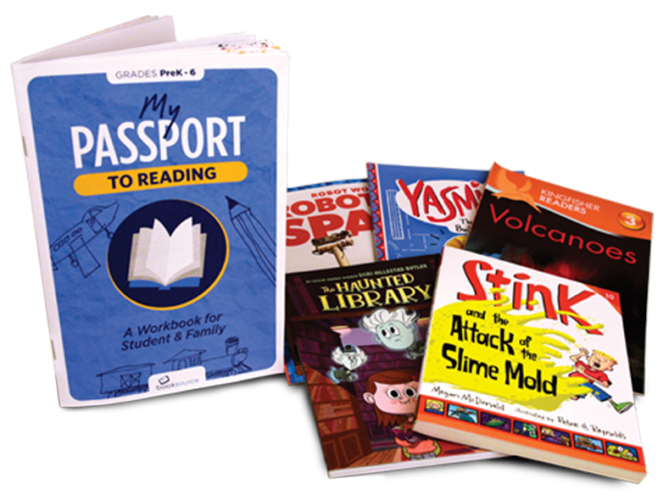
9 Proven Ways to Teach with Take Home Reading Packs During an Uncertain School Year

You’ll want to give out books as early and often as possible. Whether your school is currently committed to remote, in-person or hybrid learning, we’ve all learned that circumstances could change rapidly. It might be easiest to include books with planned events like the following:
Meal or tech pickups
Bus runs
Meet the teacher
Parent teacher conferences
Or plan an afternoon specifically dedicated to allowing families to come pick up books. Ensure social distancing is possible, require masks and consider a distribution bin so that books don’t have to be handed off directly. For teachers who will be in the classroom, consider giving each student his or her own “basket of books” from your classroom library or using our Take Home Packs in the classroom so each student has their own pack of books in sturdy plastic zip bag.
Quarantine & disinfection
Once books are returned, it’s safest to quarantine them for 3-4 days. At the end of the quarantine period, follow the CDC guidelines for disinfecting the books to prepare for potential redistribution.
We know things are stressful. It will take extra work to get everything right, and we’re here to help. Booksource is dedicated to educators like you, and we’ll continue to provide useful tips and resources.
How are you feeling about the 2020-2021 school year? What resources could help you feel more prepared than you do now? Tell us in the comments below!


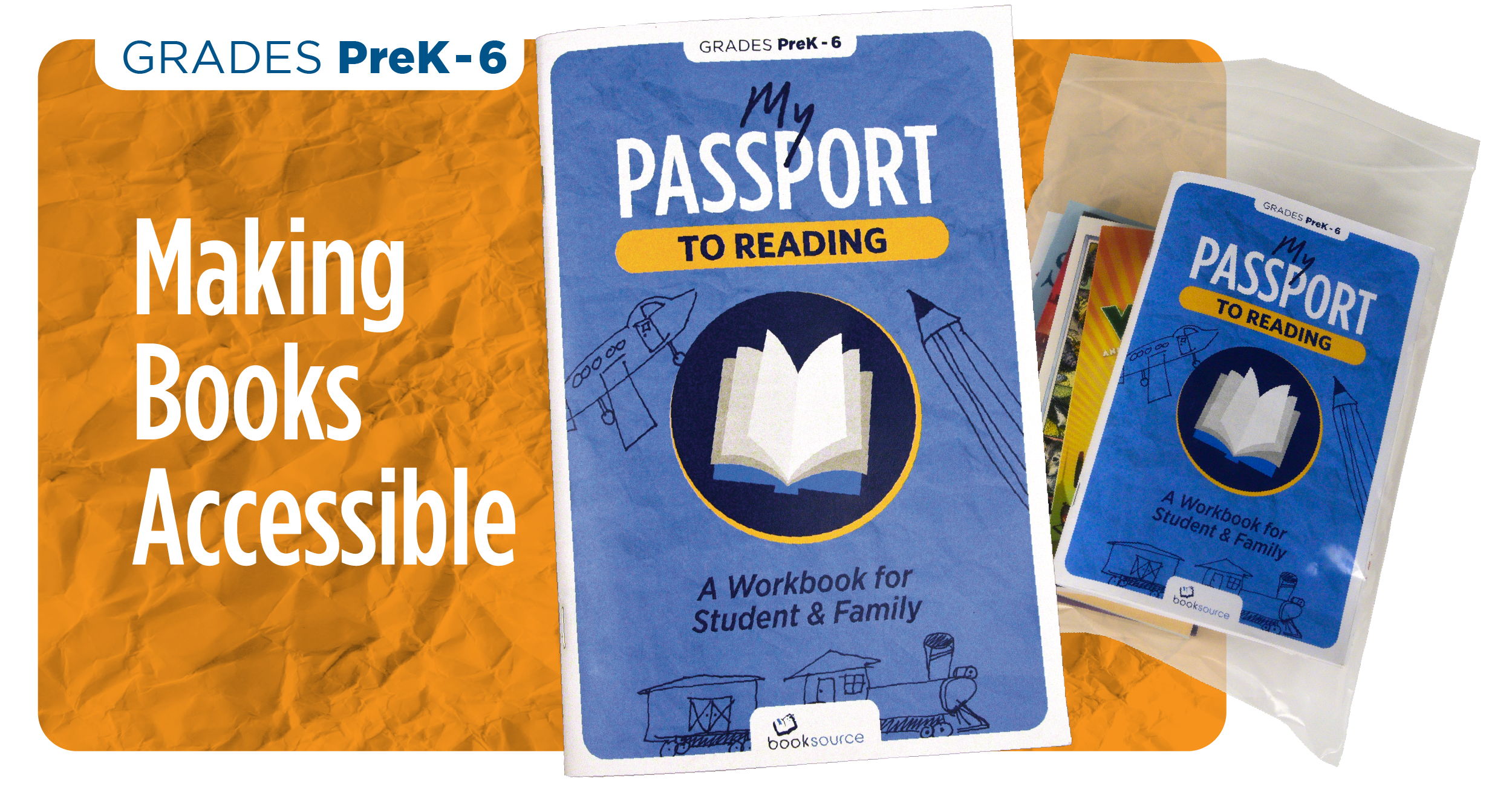
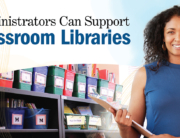
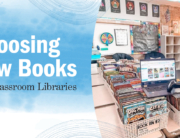
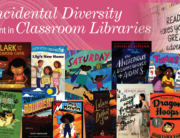

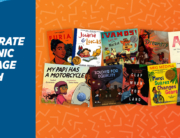
Do we have the option for only teachers to be able to check books back in? I always have issues with students not returning physical books but checking them back in on their account. I have to keep a separate list of what each student is reading so that I can double check they returned the actual book.
Hi Wendy! This is not currently a feature, but you can suggest it here: https://bit.ly/3kFNm7L Thanks!
[…] How to Make Books Accessible for Students During the Pandemic […]
[…] Making books accessible during the pandemic takes a little extra work, but it must be done. And luckily, we’re here with some tips and an amazing tool that can change the way you’ve been handing out titles for the better. […]